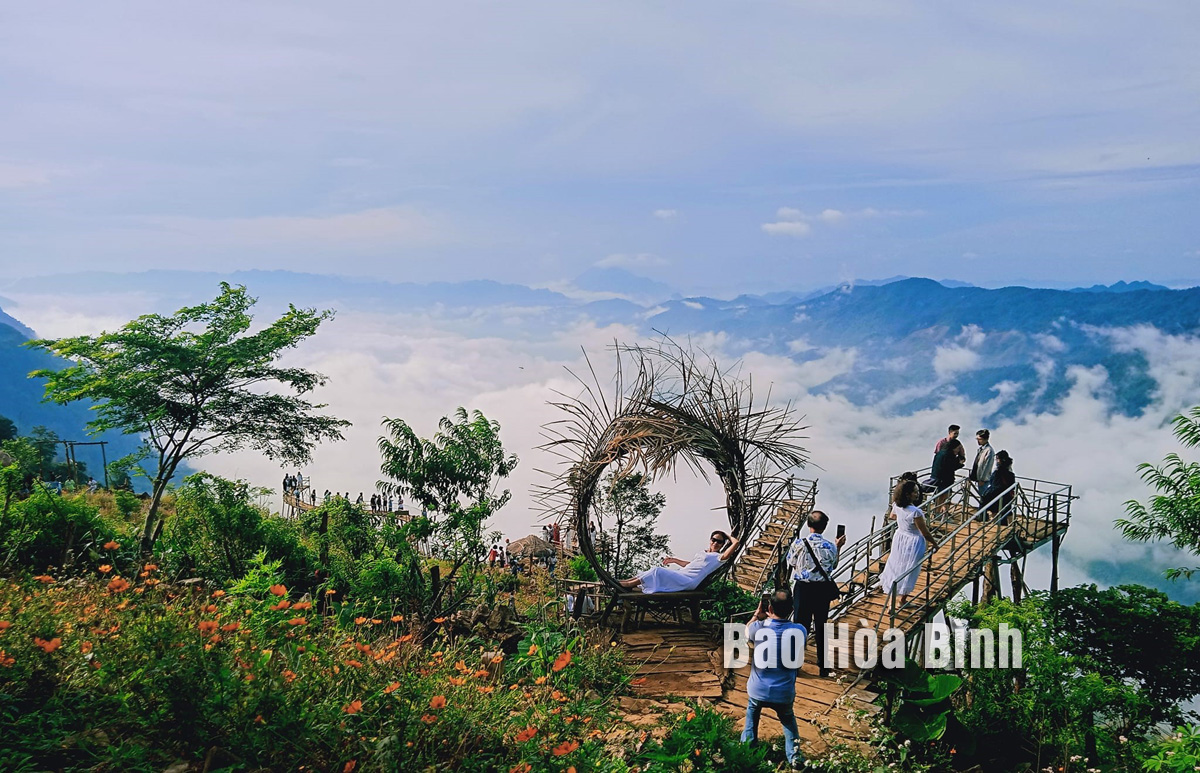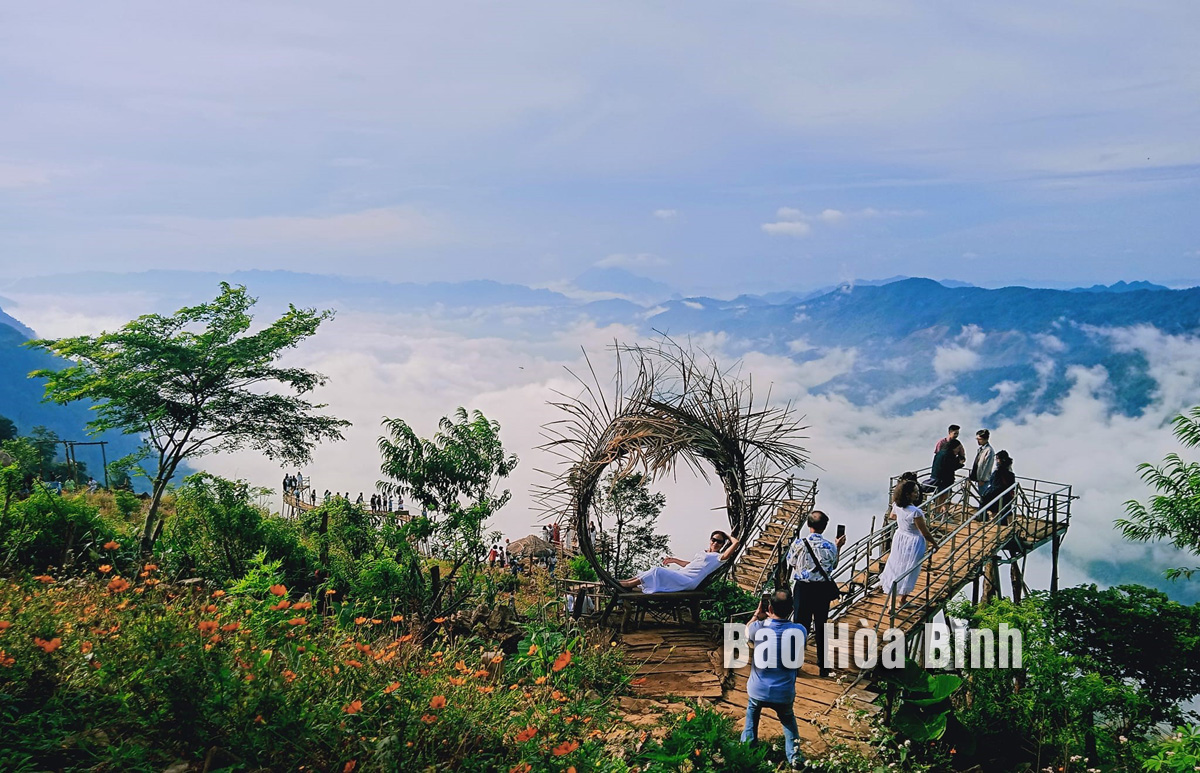
Hang Kia mountainous commune of Mai Chau district has made concerted efforts to overcome challenges to give a facelift to its rural landscape and improve local livelihoods.
Hang Kia commune stands as a picturesque
cloud-hunting destination, having attracted a huge crowd of visitors.
Regarding agricultural production, the communal
People’s Committee has directed communes to select a suitable crop structure
and promote livestock and crop restructuring, while paying due attention to
controlling diseases by enhancing vaccination for local cattle and poultry,
spraying disinfectants, and sanitising livestock shelters.
Located at an altitude of some 1,200 metres,
Hang Kia boasts gorgeous landscapes and fresh air, making it a favourite
destination among both domestic and foreign visitors. The commune has stepped
up the communications work to bring the local cultural traits closer to the
public, as well as the management of homestay facilities to improve the quality
of tourism services.
It welcomed some 1,000 tourist arrivals and
gained more than 600 million VND (over 24,200 USD) in revenue in the first half
of this year.
The commune’s new-style rural area building
programme has received enthusiastic response from local residents. The locality
has built plans, removed bottlenecks, and mobilised capital for infrastructure
development.
Per capita income during January –June was
recorded at some 16 million VND and the figure is expected to reach 30 million
VND by the end of the year.
Furthermore, the commune has engaged the whole
political system and people to maintain security and order, with special
attention given to the communications work on the prevention of drug and
related crimes.
Chairman of the communal People’s Committee Kha
A Lau said with a view to accelerating the implementation of the national
target programmes on new-style rural area building, sustainable poverty
alleviation, and socio-economic development in ethnic minority-inhabited and
mountainous areas, local authorities will drastically and flexibly direct the
implementation of socio-economic tasks, make preparations for the 2024-2025
winter-spring crop, and enhance investment in tourism to lure more visitors,
helping promote local socio-economic development.
According to data from the Hoa Binh Provincial Party Committee, the industrial production index for the first six months of 2025 is estimated to have increased by 20% compared to the same period last year. This marks the highest year-on-year growth rate for this period since 2020.
In the first six months of 2025, Hoa Binh province’s export turnover was estimated at 1.145 billion USD, marking an 18.11% increase compared to the same period in 2024. Import turnover was estimated at $ 804 million, a 17.15% increase, which helped the province maintain a positive trade balance.
The lives of the ethnic minority farmers in Tan Lac district have gradually improved thanks to the new directions in agricultural production. This is a testament to the collective strength fostered through the professional associations and groups implemented by various levels of the district’s Farmers’ Union.
With the motto the "product quality comes first,” after nearly one year of establishment and operation, Muong village’s Clean Food Agricultural and Commercial Cooperative, located in Cau Hamlet, Hung Son Commune (Kim Boi district), has launched reputable, high-quality agricultural products to the market that are well-received by consumers. The products such as Muong village’s pork sausage, salt-cured chicken, and salt-cured pork hocks have gradually carved out a place in the market and they are on the path to obtaining the OCOP certification.
In the past, the phrase "bumper harvest, rock-bottom prices" was a familiar refrain for Vietnamese farmers engaged in fragmented, small-scale agriculture. But today, a new spirit is emerging across rural areas of Hoa Binh province - one of collaboration, organisation, and collective economic models that provide a stable foundation for production.
Maintaining growing area codes and packing facility codes in accordance with regulations is a mandatory requirement for agricultural products to be eligible for export. Recently, the Department of Agriculture and Environment of Hoa Binh province has intensified technical supervision of designated farming areas and packing facilities to safeguard the "green passport" that enables its products to access international markets.



